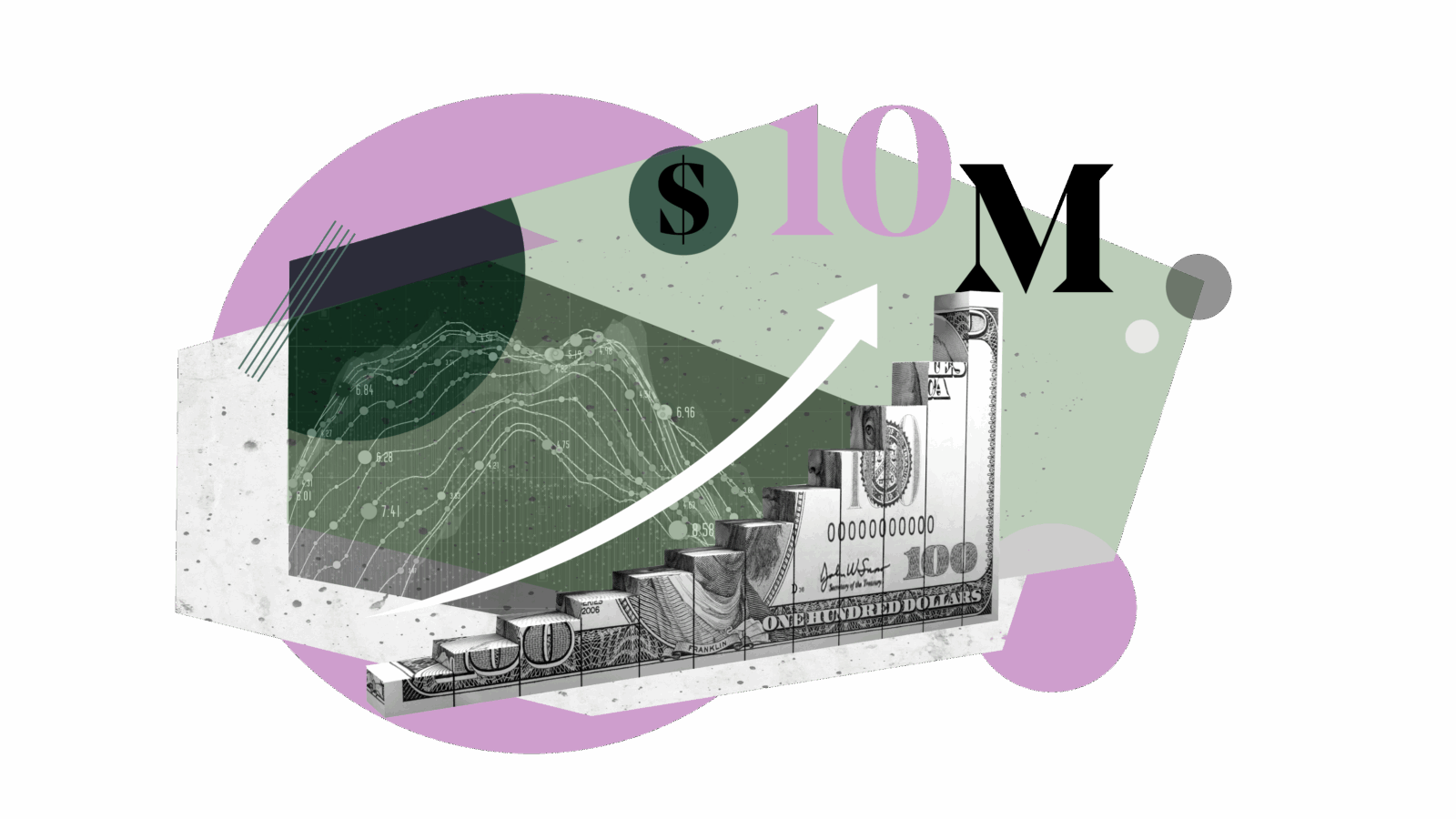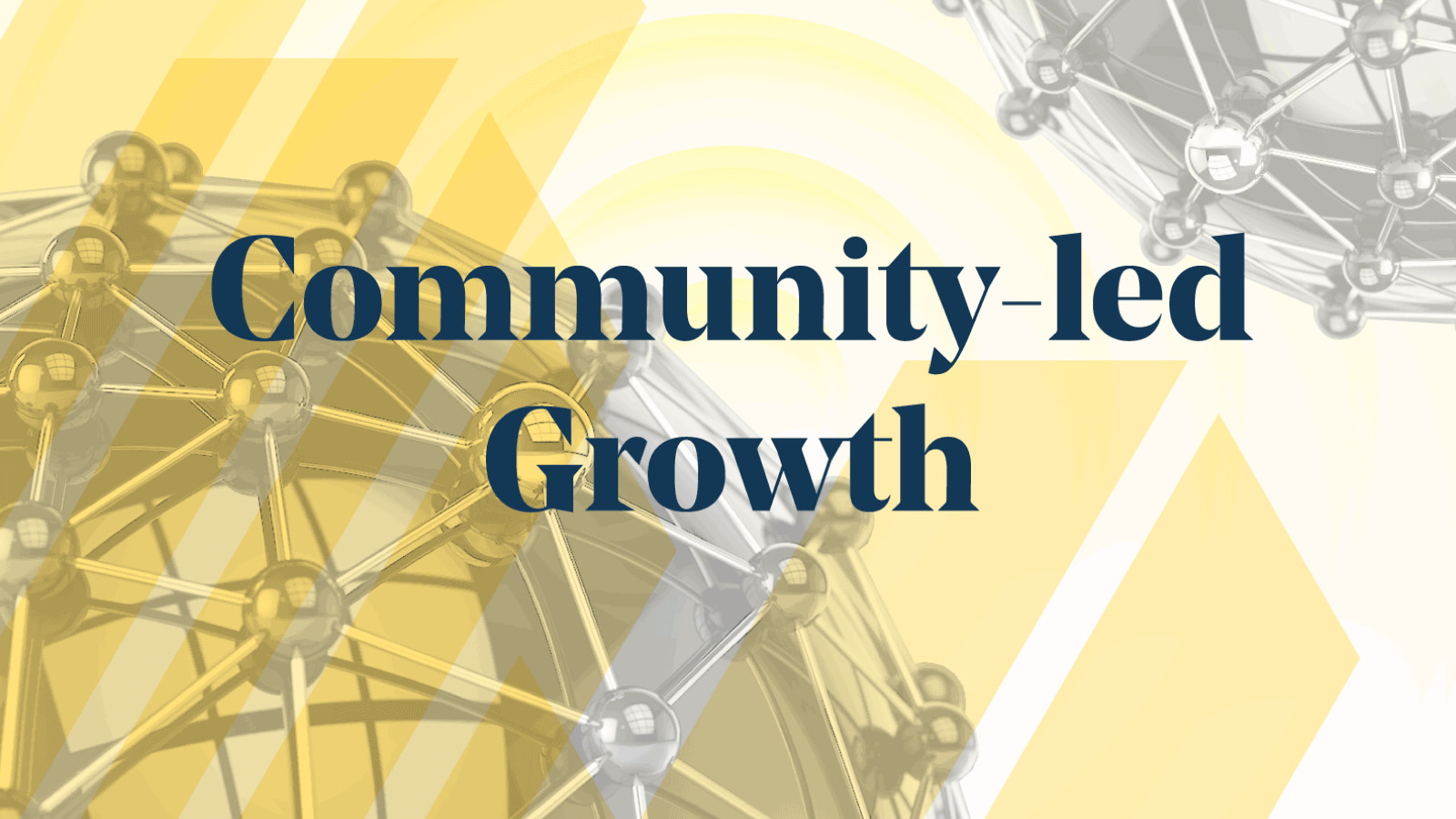Big picture ideas and career takeaways from six exceptional founders and CEOs
Choose long-term viability over short-term profits and more forward-thinking advice from Wikipedia, KIND, Algolia, StubHub, SendGrid, and Twitter.
This is Lesson 6 from Bessemer's How to Lead: Founders Fundamentals Course. Sign up today for mentorship from 30+ leaders.
In the early days of building startups, founders are often the first to do every job in the business — from product, marketing, sales, customer success, finance, and beyond. It’s a role that necessitates a beginner’s mindset and the ability to learn by doing, and yet, founders are also looked to as the expert on the company who can always provide a path forward.
These can feel like competing or even contradictory roles. When you’re busy trying to figure out product-market fit, build your tech stack, and reply to all your customer service requests, taking a step back to consider the bigger picture of where you’re headed and why can often feel like a luxury you can’t afford. In reality, it’s one you can’t afford to skip.
Defining your mission and vision, shaping strategy, and setting an example for good leadership are all a core responsibility of founders at every stage, and doing it well will only become more important as your company scales.
In the final installment of this Leadership course, we bring you big ah-ha moments from CEOs and the career takeaways from leaders who’ve been at the helm of Wikipedia, KIND, StubHub, Twitter, SendGrid, and Algolia. Here are six stories to remember whenever you need to take a step back and get perspective.
1. Choose long-term viability over short-term profits
Starting Wikipedia turned Jimmy Wales into an internet legend, but when he got started in 2001, he had no concept of the future impact or scale of his project. Jimmy just believed strongly that an open-source encyclopedia should exist, and so he created one.
Two decades later, he has fundamentally changed the way that people access free and reliable information on the web — and he did it all while running Wikipedia as a nonprofit. To make its operations possible, more than five million individuals make a donation to Wikipedia every year.
Jimmy considers Wikipedia’s people-powered business model a key to its popularity, longevity, and ability to maintain a vibrant, healthy online community, which many for-profit platforms have struggled with in recent years.
To those companies, Jimmy advises forgoing revenue opportunities that may have long-term consequences on the health of user communities. “Taking short-term profit from a system that people believe is unhealthy is not really the right strategy in the long run.”
In our interview, Jimmy also discusses a core principle that guides all decisions at Wikipedia, how a strong community can stave off the competition, and his advice for budget-strapped founders. Keep reading →
2. Never compromise on the mission
KIND’s founder and executive chairman Daniel Lubetzky started what he’s dubbed a “not only for profit” company with a clear mission to help people everywhere be kind to their bodies, taste buds, and the world.
While many food companies use inexpensive ingredients like white flour or sugar (which costed an average of $0.25 to $0.37 at the time), Daniel and the team at KIND have always insisted instead on using much more nutrient-dense ingredients like almonds (which went for $3 to $6 a pound).
As KIND’s popularity grew and gained the attention of cost-cutting competitors, the FDA suddenly announced that KIND bars couldn’t be called healthy anymore. “Every board member we consulted with said, ‘This is the government. You're not going to be able to change anything.’”
Daniel didn’t believe it, and decided to file a citizen's petition. KIND quickly received an outpouring of support from the nutrition and scientific community as well as KIND customers, and as a result of this outside pressure, the FDA reversed its decision just a year later.
In our interview, Daniel also discusses ethical entrepreneurship, the risks of using capital to compensate for unsustainable business models, and his experience bootstrapping KIND. Keep reading →
3. Take criticism in stride
Former CEO Dick Costolo eventually took Twitter from $0 to $2.25 billion in revenue, but the road to success was winding. He joined the company in 2010 and was tasked with developing a profitable business model for what was then a pre-revenue startup.
At the time, Facebook was dominating, Twitter’s architecture needed significant work, and the platform was the subject of significant criticism in the media. “Two magazine covers about Twitter at the time had the bird dying in extraordinary ways.”
Dick and his team had to work tirelessly to improve the company’s performance and image — and they did. In 2013, Twitter went public. The night of the IPO, the company printed $13 to $16 in the S1 as the target price, but they ended up closing day one at $47.
It was a big achievement for Dick and his team, and one that threw the company even further into the spotlight, leading to more scrutiny. It would have been easy for Dick to get distracted by all the external chatter, but he remained laser-focused on the success of Twitter and his team.
“As a CEO, you really have to have a thick skin and not take everything personally.” It was wisdom Dick passed along to his team too as they struggled with the highs and lows of Twitter’s changing valuation. The wider perspective helped employees ride the waves of market fluctuations without as much disruption. “We just became resilient to it.”
In our interview, Dick also discusses his decision to join Twitter, the experience of leading a company that’s constantly in the public eye, and lessons he took away after his departure six years later. Keep reading →
4. Be open to pivots --- you don't know where they’ll lead
To say Eric Baker has an unusual founder journey would be an understatement. The story begins in 2000. Eric had just co-founded Stubhub and was facing skepticism from nearly everyone who heard the idea. After the dotcom bubble burst, skepticism turned into outright discouragement.
Still, Eric and his co-founder, Jeff maintained conviction in their vision, and by 2003, StubHub had achieved a few big successes. But while the company was doing well, Eric and Jeff’s partnership was not. After a disagreement, Eric — without a contract or non-compete — was fired.
Eric decided to take the opportunity to travel. On a trip to London, Eric tried to buy tickets to a soccer match, and, in the process, discovered Europe didn’t have a service equivalent to Stubhub. In no time, he’d decided to build its eventual European counterpart, Viagogo.
In the early days, Viagogo was losing as much as $2 million a month. After Eric led some serious restructuring, revenue grew to $5 million a month and beyond, and he was able to set his sights on yet another ambitious, unlikely target: reuniting his current company with his former one.
Investors and confidantes alike laughed at this idea, but Eric forged ahead. In 2019, Viagogo bought StubHub from eBay for $4.05 billion. However, it wasn’t a storybook ending. Just a year later, the pandemic hit and 95% of the company’s business disappeared overnight.
But Eric had led teams through 9/11 and the 2008 recession, and an unanticipated crisis was nothing new. Leaning on two decades of experience, Eric worked with his team to chart a clear, logical path forward, and ultimately the business came back strong.
In our interview, Eric also discusses making contingency plans for founder ruptures, the strategic advantages of smaller teams, and using pattern recognition to stay afloat through crises. Keep reading →
5. Take a multidimensional approach to prioritization
Bernadette Nixon became the CEO of Algolia in the early days of the pandemic, as entire sectors of the US economy shuttered and unemployment surged. In her first two years on the job, Algolia raised funding that quadrupled its valuation to 2.2 billion and acquired Search.io.
One piece of advice Bernadette would give to fellow CEOs facing an economic downturn is to rethink their approach to prioritization. “Conventional wisdom on prioritizing tends to be very one-dimensional. People typically think in terms of a list that gets numbered.”
When you bring a group of people together to try to rank projects and initiatives this way, the discussion can become unproductive. Instead, Bernadette recommends using a framework like RICE where each project is ranked based on its expected reach, impact, confidence, and effort.
“When you plot these data points across multiple dimensions, it becomes feasible to see what’s mission-critical and what not to bother with.” And in an unpredictable market, being able to identify the best place to put limited resources is essential.
In this article, you’ll get more expert advice on how to lead your company through an economic downturn from the CEOs of Figma, PapayaGlobal, and Gong. Keep reading →
6. Widen your aperture drastically to think long-term
When Sameer Dholakia became SendGrid’s CEO in 2014, it had roughly 150 employees, a ~$30 million dollar business, and big ambitions to grow. By the time he left, Sendgrid had scaled to over 400 employees, grown its revenue to the hundreds of millions, and gone public.
During this period, Sameer had to adapt his leadership approach almost every year to best serve the needs and priorities of the company. One of the most important transitions later-stage CEOs have to make is from planning for the year to planning for multiple years.
“As your company matures, the aperture starts widening. From $1 to $10 million, you’ll probably start thinking in quarters versus weeks and months. But when you begin scaling from $10 to 100, the question becomes, ‘How does this year's activity position us for next year's success?’”
CEOs that get stuck thinking short-term likely won’t make the investments to get the company where it needs to go two years down the road. “A constant amount of growth will yield an ever-declining growth rate. For a high-growth SaaS company, this would be failing at our goal to scale the business. But you wouldn't see that unless you took a multi-year view of the problem.”
In his article, Sameer shares other important lessons for your startup’s ‘teenage years’ — from preparing for increased role specialization to baking company culture into every stage of your employee lifecycle. Keep reading →




